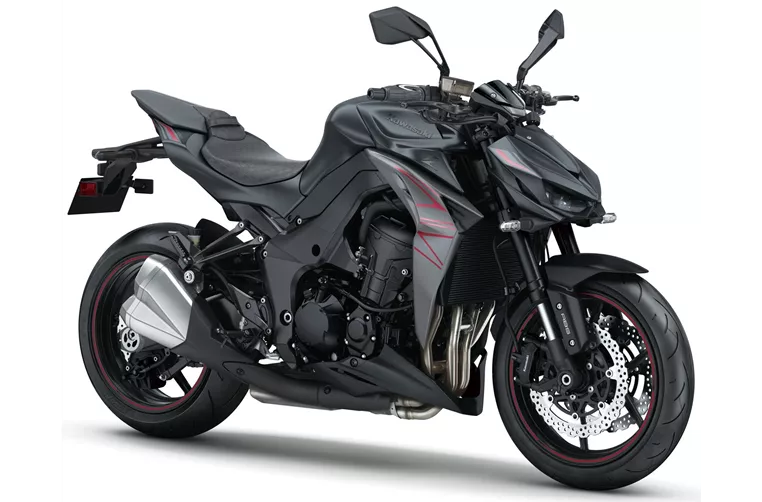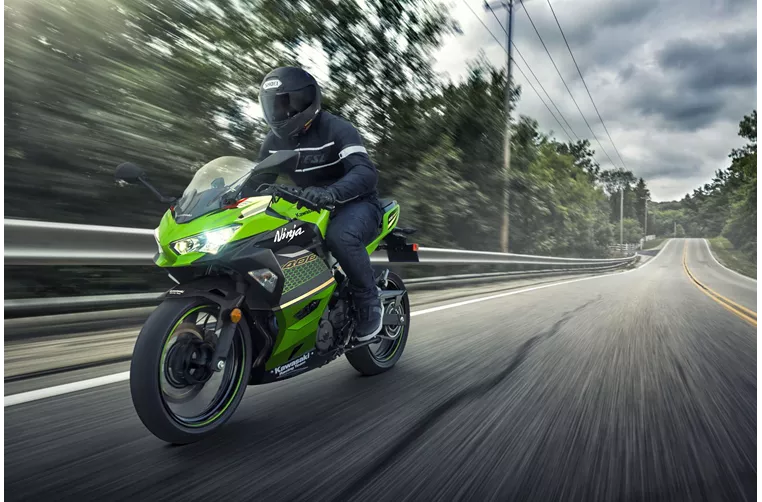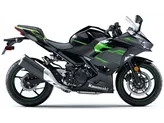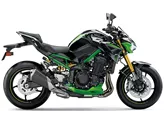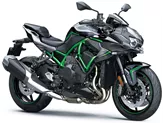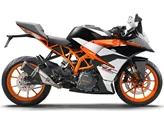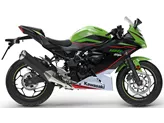Kawasaki Z1000 2020 vs. Kawasaki Ninja 400 2020
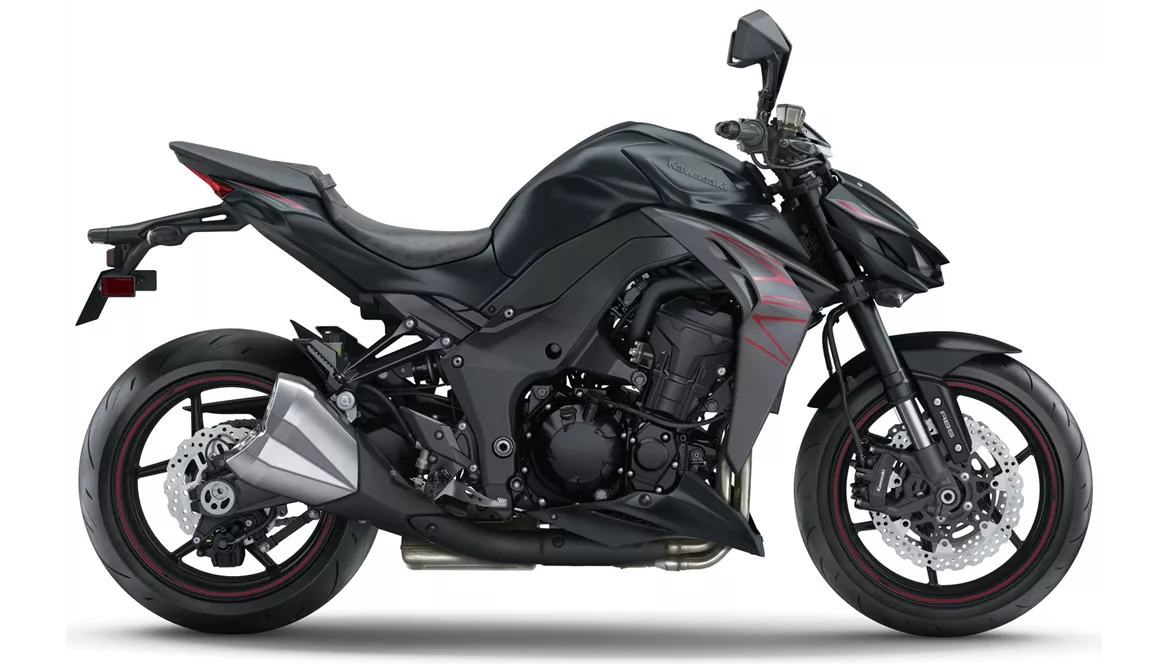
Kawasaki Z1000 2020
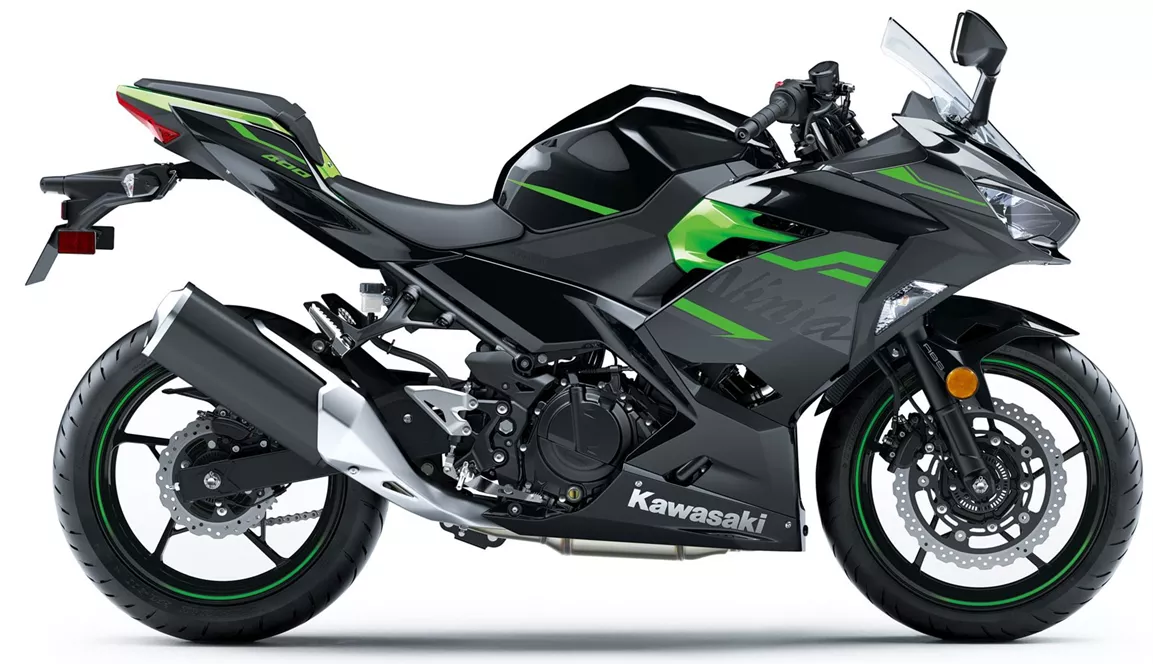
Kawasaki Ninja 400 2020
Technical Specifications Kawasaki Z1000 2020 compared to Kawasaki Ninja 400 2020
Pros and Cons in comparison
Pros and Cons in comparison
Kawasaki Z1000 2020
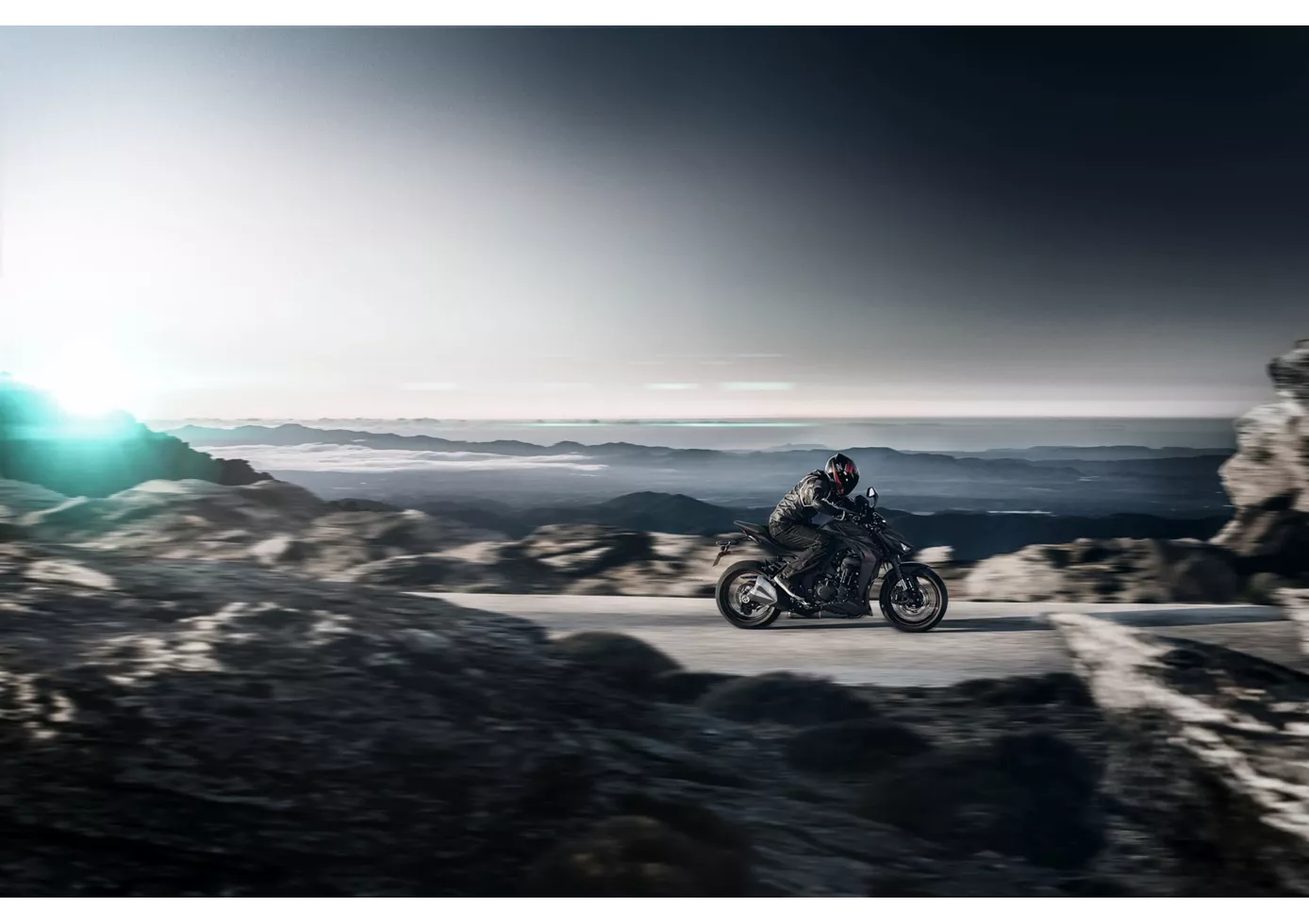
The Kawasaki Z1000 (2014) is a statement against the electronic trend of its time - and that is exactly what makes it special today. Its characterful four-cylinder engine, mechanical directness and uncompromising focus on the essentials strike a chord in a time when many bikes have become rolling computers. Yes, it does without modern Advanced Rider Assistance Systems and perfect wind protection. But it offers an authentic naked bike riding experience, paired with Japanese reliability and reasonable maintenance costs. The Z1000 is not a bike for data sheet junkies or electronics fans - it is a bike for people who still want to make their own decisions when rider. An honest bike with character that continues to inspire even after years and more than fulfils its role as an emotional alternative to the digital modern age.
Kawasaki Ninja 400 2020
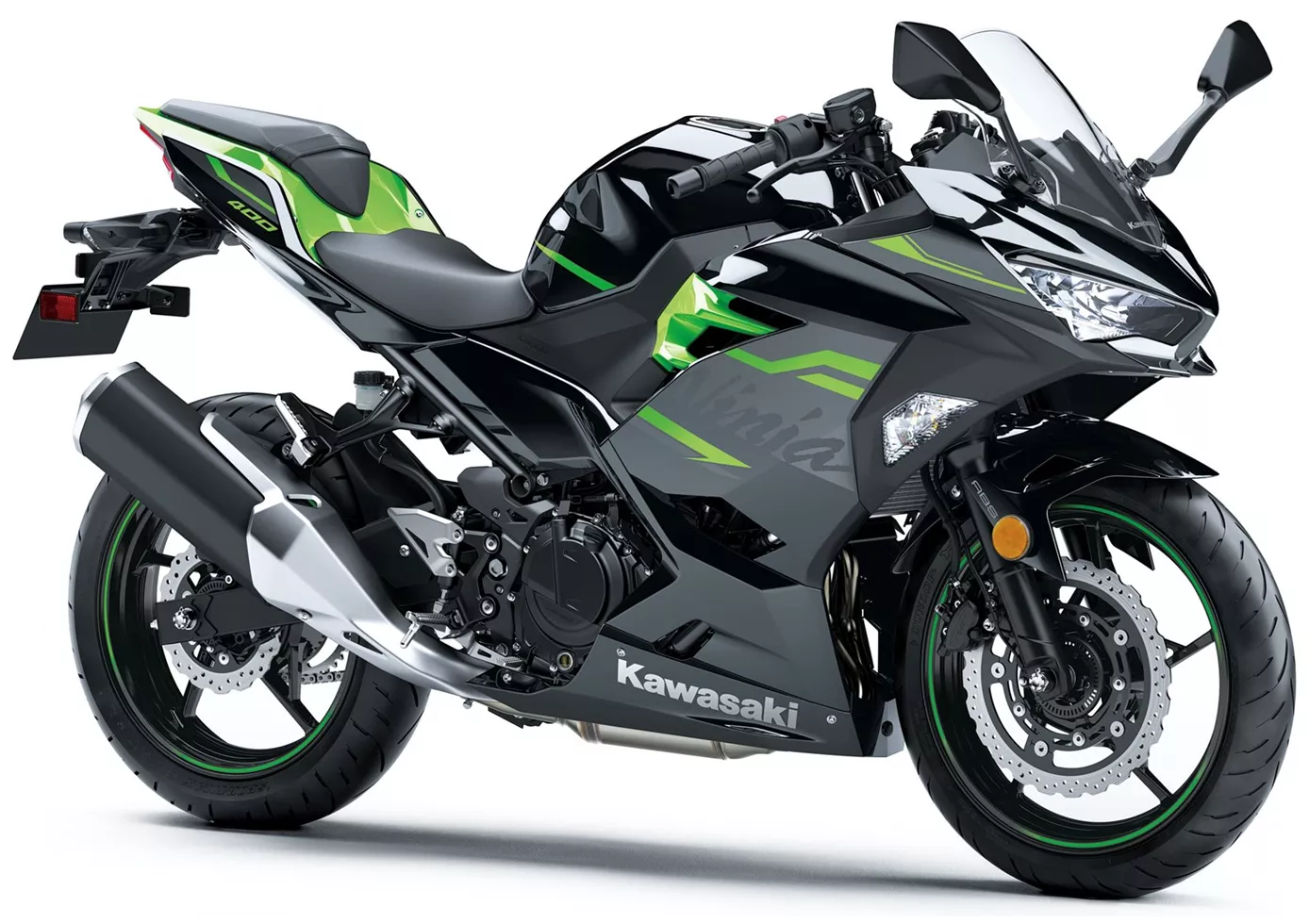
In summary, the Ninja 400 could be described as the perfect entry into the supersport world. You can't get more power with A2, the looks suggest much more power, the vehicle is playful to ride, is forgiving in every respect and still allows a really sporty riding style. Those who had legitimate concerns about the lack of power on the various 250 cubic machines now have no more excuses. Ninja 400, it's good to have you!
